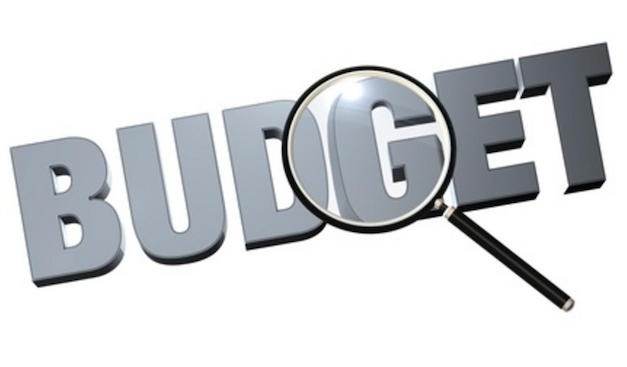19 April 2017
By Stephen Koukoulas
hile much of the focus of the upcoming federal budget will, quite rightly, be policy issues associated with housing affordability, areas of changes to spending and revenue, there will also be an opportunity to analyse the underlying values of the government.
This will be the fourth budget of the current Coalition government
and will show us the ‘big picture’ of government policies and priorities. There will be data on aggregate government spending, taxation receipts, gross and net government debt and the budget deficit.
The most accurate way to analyse the trends in the key budget figures will be to assess them as a ratio of GDP. Government spending, for example, totalled $48.8bn in 1982-83 and this rose to $423.3bn in 2015-16, which is, at face value, an enormous increase. But spending actually fell from 25.8% of GDP in 1982-83 to 25.6% of GDP in 2015-16. It is a similar issue with government debt, the budget deficit and other benchmarks.
Based on the performance of the economy since the last fiscal update in December 2016, the budget is likely to confirm that this is a big-spending, big-taxing government with a strategy for continuing budget deficits and rising debt as it funds some of its pet projects.
It is all but certain that government debt will remain above 25% of GDP in 2017-18 and the forward estimates, meaning the government will be the first in the last 50 years to have spending at more than a quarter of GDP for eight straight years.
At the same time as spending is entrenched at high levels, the tax to GDP ratio is set to exceed 23% of GDP for only the eleventh time in 50 years. Tax revenue is growing solidly, in part in line with the expansion in the economy.
It is also close to certain that the level of net government debt will be projected to reach 20% of GDP, up from 10% when the Coalition won the 2013 election and the highest since the 1940s when the war effort boosted borrowing to record highs.
But we are unlikely to hear from Scott Morrison – or Labor in their reply that the size of government – spending, taxing and even the level of government debt – is on an upward trajectory. The electorate wants decent levels of government-funded education, health, defence, aged care and roads among other things, and there is some recognition that more tax will need to be paid if these are to be funded.
The budget will allow for meaningful analysis of the size of government and the role of government in the economy. It has been apparent for many years that the trend is towards bigger government, despite the rhetoric of politicians of all colours to spend within their means, find offsetting savings for new spending or to cut spending as they strive for a budget surplus.
With the background of the ageing population and rapid rise in health, aged care and education spending, the demands from the electorate could see the size of government rise to levels not seen before in Australia. The first side of politics to realise this and adjust its policies, and rhetoric to reflect this point, might strike a chord and gain electoral success.
The 9 May budget might inadvertently be the blueprint for that strategy.
—
This article first appeared in The Guardian, 19 April 2017.

